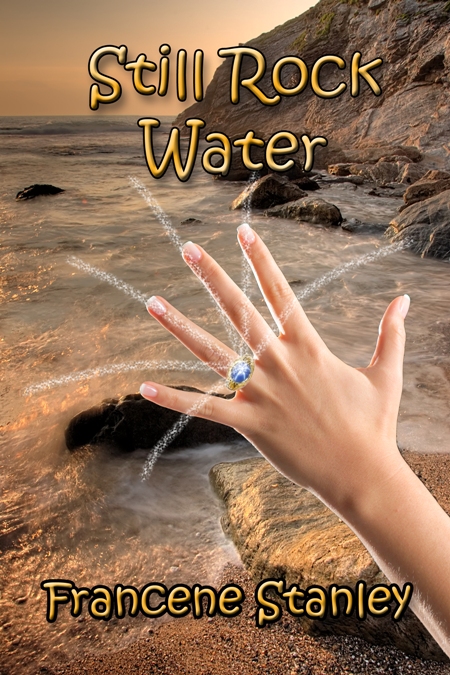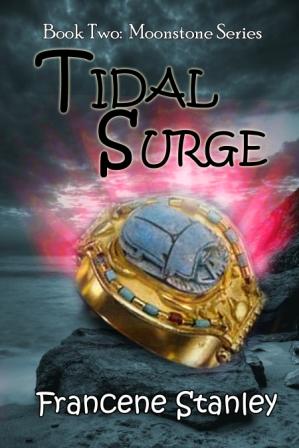 www.bu.edu
www.bu.edu While the whole of America goes Halloween crazy with activities that include trick-or-treating, attending costume parties, decorating, carving pumpkins into jack-o'-lanterns, lighting bonfires, apple bobbing, visiting haunted attractions, playing pranks, I have to wonder why children like telling scary stories, and adults watch horror films.
 people.howstuffworks.com
people.howstuffworks.com But how did this macabre, extreme festival of Halloween begin?
Halloween or Hallowe'en, (All Hallows' Evening or All Hallows' Eve), is a yearly celebration observed in a number of countries on October 31, the eve of the Western Christian feast of All Hallows' Day. It initiates the time in the liturgical year dedicated to remembering the dead, including saints (or hallows), martyrs, and all the faithful departed believers.
According to many scholars, All Hallows' Eve is a Christianized feast initially influenced by Celtic harvest festivals, with possible pagan Celtic roots. Other academics maintain that it originated independently and has solely Christian roots.
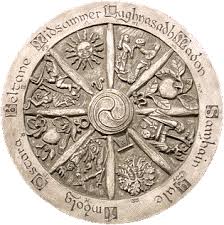 The Halloween Webring
The Halloween Webring In modern Ireland, Scotland, Mann and Wales, the festival included mumming and guising, which goes back at least as far as the 16th century. This involved people going house-to-house in costume or disguise, reciting verses or songs in exchange for food. The period from the harvest season until All Saints Day provided one last chance for the dead to gain vengeance on their enemies before moving to the next world. In order to avoid being recognized by any soul that might be seeking such vengeance, people would don masks or costumes to disguise their identities from wandering souls of the departed.
North American almanacs of the late 18th and early 19th century give no indication that Halloween was celebrated there. The Puritans of New England, for example, maintained strong opposition to Halloween, and it was not until the mass Irish and Scottish immigration during the 19th century that it was brought to North America in earnest. Confined to the immigrant communities during the mid-19th century, it was gradually assimilated into mainstream society and by the first decade of the 20th century it was being celebrated coast to coast by people of all social, racial and religious backgrounds.
I'm inclined to think the whole thing is silly. But take no notice of me. I'm a spoil-sport. I never indulged, even as a child. In my quiet area of Hertfordshire, England, there are no children knocking on the door, demanding sweets or trying to scare an old lady. I'm sure you have your own ideas of the practice. Perhaps you love spooky stories.
If you really want to frighten yourself, Gateway, a short story by Melissa Massey-Moroni, the writer who made my wonderful book trailers below, is released today.
Take a look at the Getaway book trailer: http://youtu.be/CFeFZGt005w
On Amazon: http://www.amazon.com/Getaway-ebook/dp/B00GBHQVY0/ref=sr_1_1?s=books&ie=UTF8&qid=1383180702&sr=1-1&keywords=mel+massey
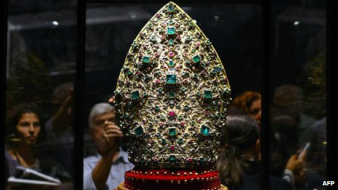
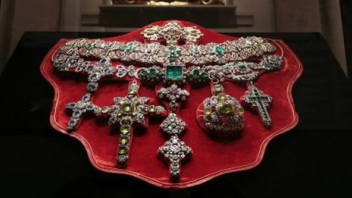
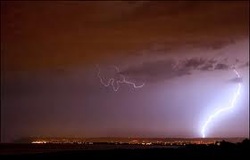


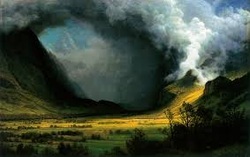















 RSS Feed
RSS Feed
